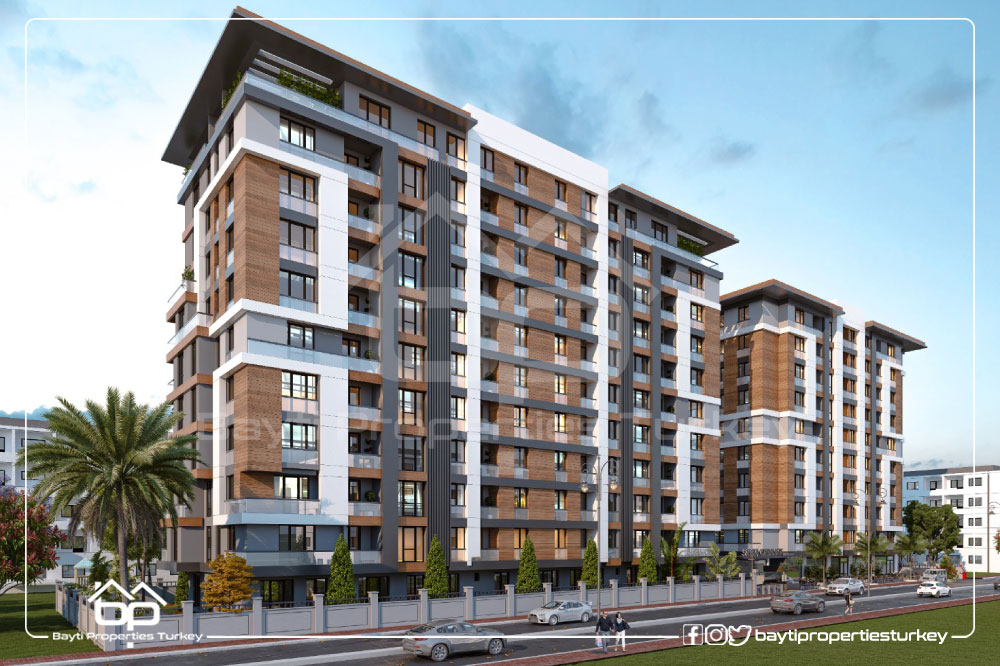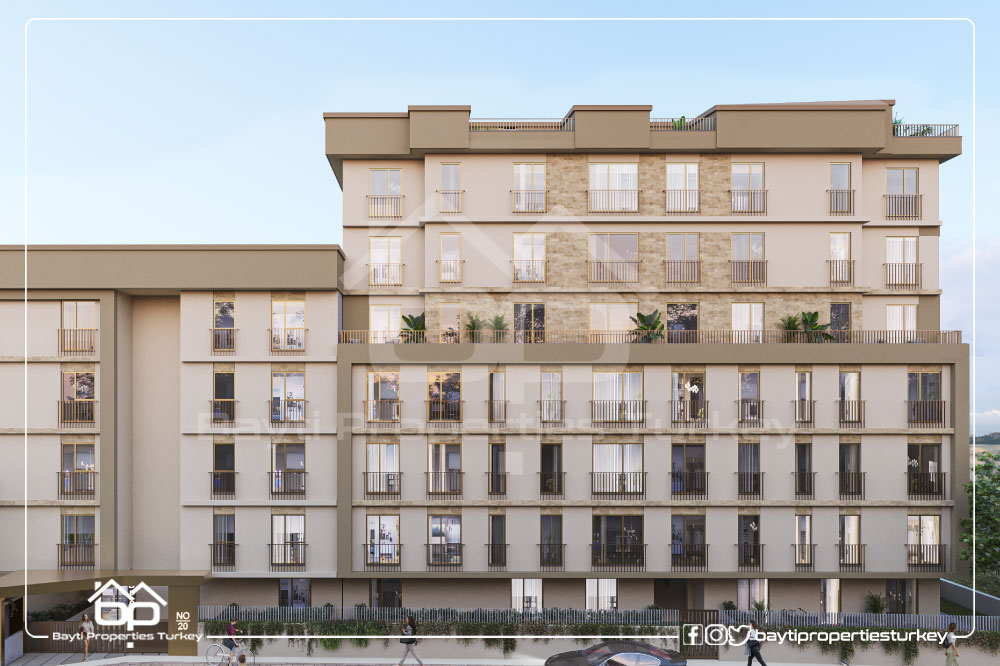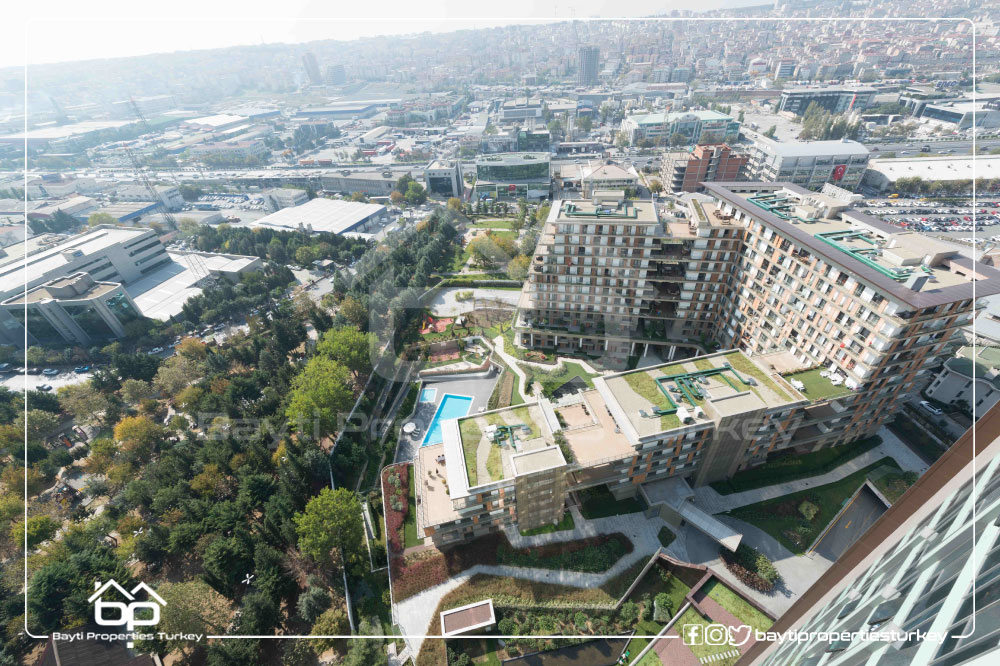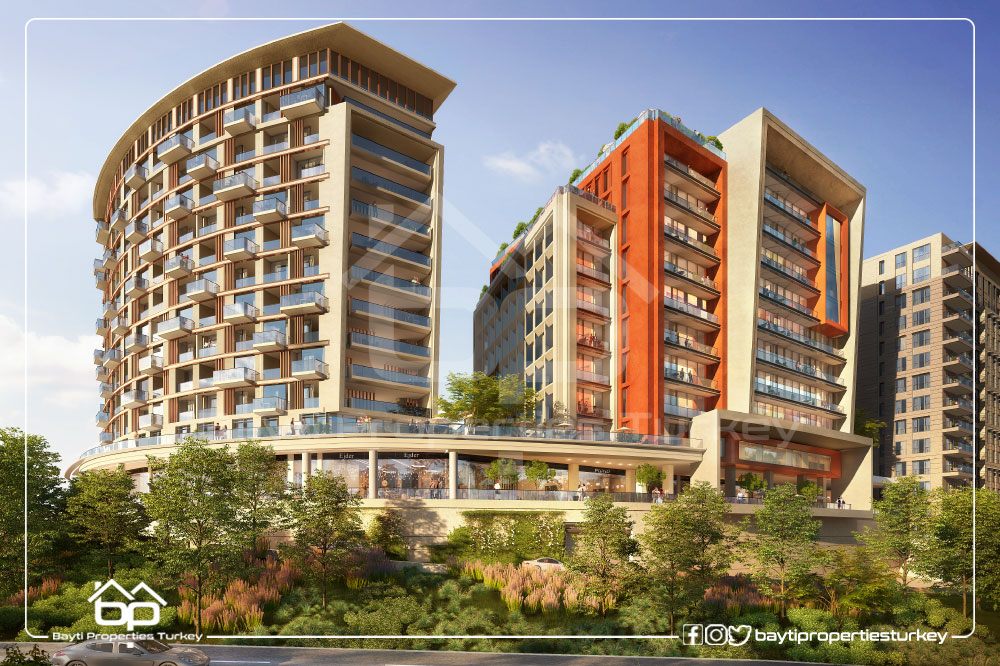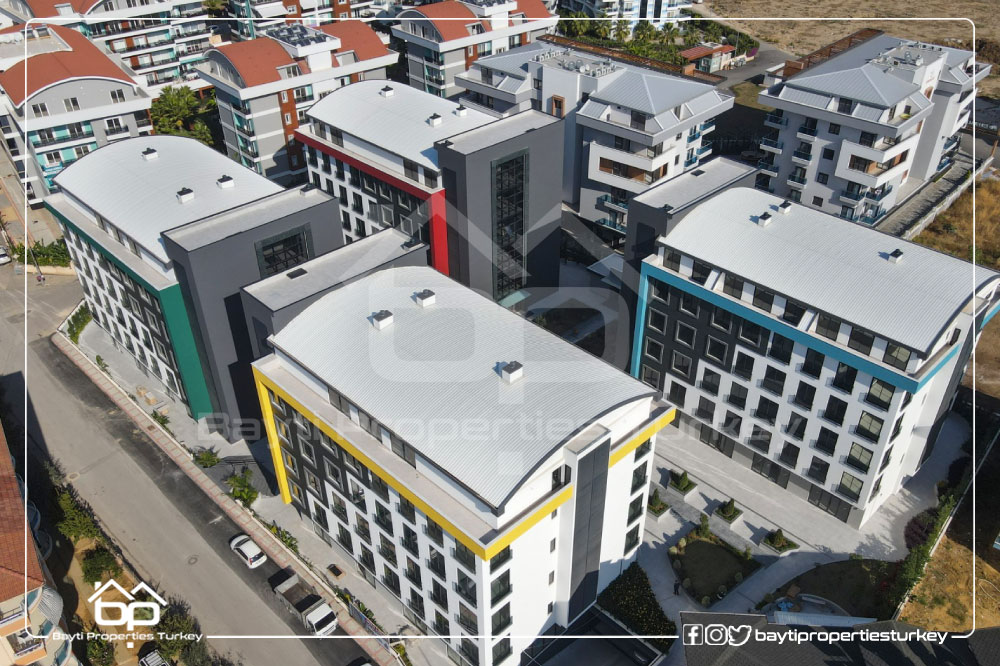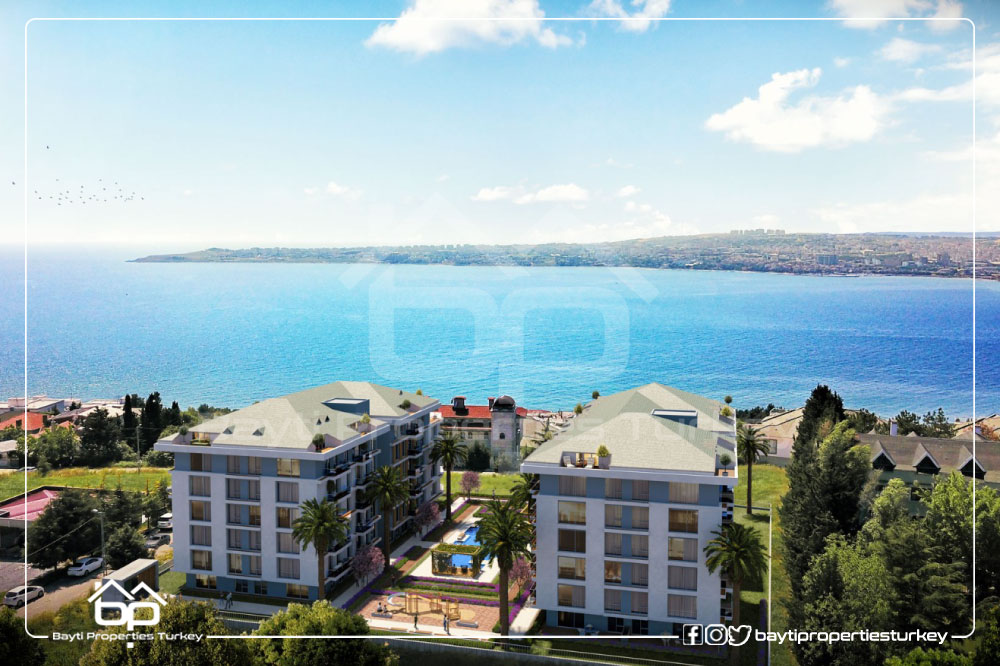The Fatih Mosque in Istanbul… an icon of tourism and worship
In the Golden Horn sits the place that represents the golden age of the Ottoman Empire
And in it lies the one who is credited with the existence of Istanbul today, and from his most famous nickname it took its name
Fatih Mosque, the landmark of the Ottoman Empire in modern history.
Fatih Mosque was built in the middle of the fifteenth century AD, after the conquest of Constantinople and by order of its conqueror, Sultan Muhammad II or Muhammad al-Fatih, whose name was given to bears the mosque and the place.
It was requested that it be built on the site of an ancient Byzantine church that had been destroyed by the Fourth Crusade.
And the architectural construction was supervised by (Atiq Sinan).
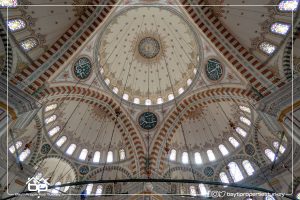
The Fatih Mosque and its complex as a whole are considered the first and largest of the mosques of the Ottoman Empire, where the features of the Ottoman architecture began to form and develop and from which the rest of its famous mosques were inspired by their idea and design.
But the existing building today is a different building from the original building of the mosque, as it was almost completely reconstructed during the reign of Sultan Mustafa III in 1771 AD, after it was destroyed by successive earthquakes, resulting in a building that carries the spirit of both ancient and modern Ottoman architecture and is distinguished from the rest of the other mosques by this historical architectural gradation in build it.
Fatih is an integrated complex, the largest among other similar complexes, and of greater importance also in terms of tourism and history, as it is considered a religious complex and a social and tourist center at the same time.
The most important, of course, is the tomb of Sultan Mehmed the Conqueror.
The mosque was built initially in the form of a square with a rib extending along the Golden Horn, topped by a large central dome suspended by four arches.
However, the modern building, which preserved the square shape, made a modification to the design of the dome to be surrounded by small domes on which the great dome could recline. Nothing remained of the old building except the entrance and the lower parts of the minarets, in addition to the tomb of the Sultan Mehmet Fatih in its southern courtyard surrounded by a wall on which a hadith attributed to the Prophet “Muhammad” (p. ) about the conquest of Constantinople.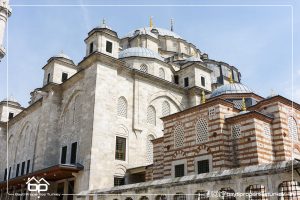
The mosque has only two minarets that took on a Baroque shape after the recent restoration. Inside the mosque, it is like all Ottoman mosques with Islamic decorations and interior design from its pulpit to its mihrab.
The mosque is located in the Fatih municipality, the largest municipality of Istanbul, which is located in the Golden Horn.
The mosque is open to tourists and worshipers at all times.


